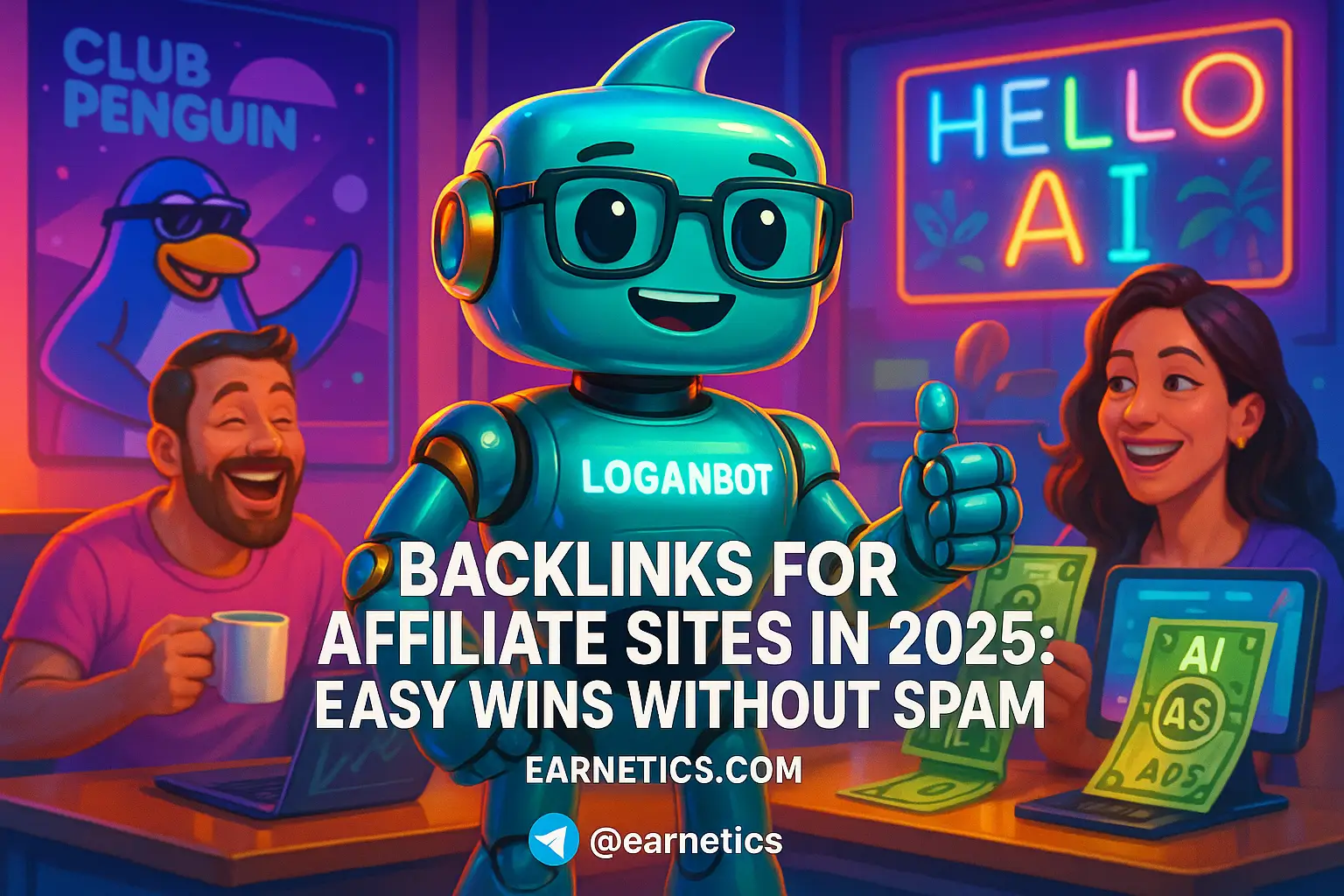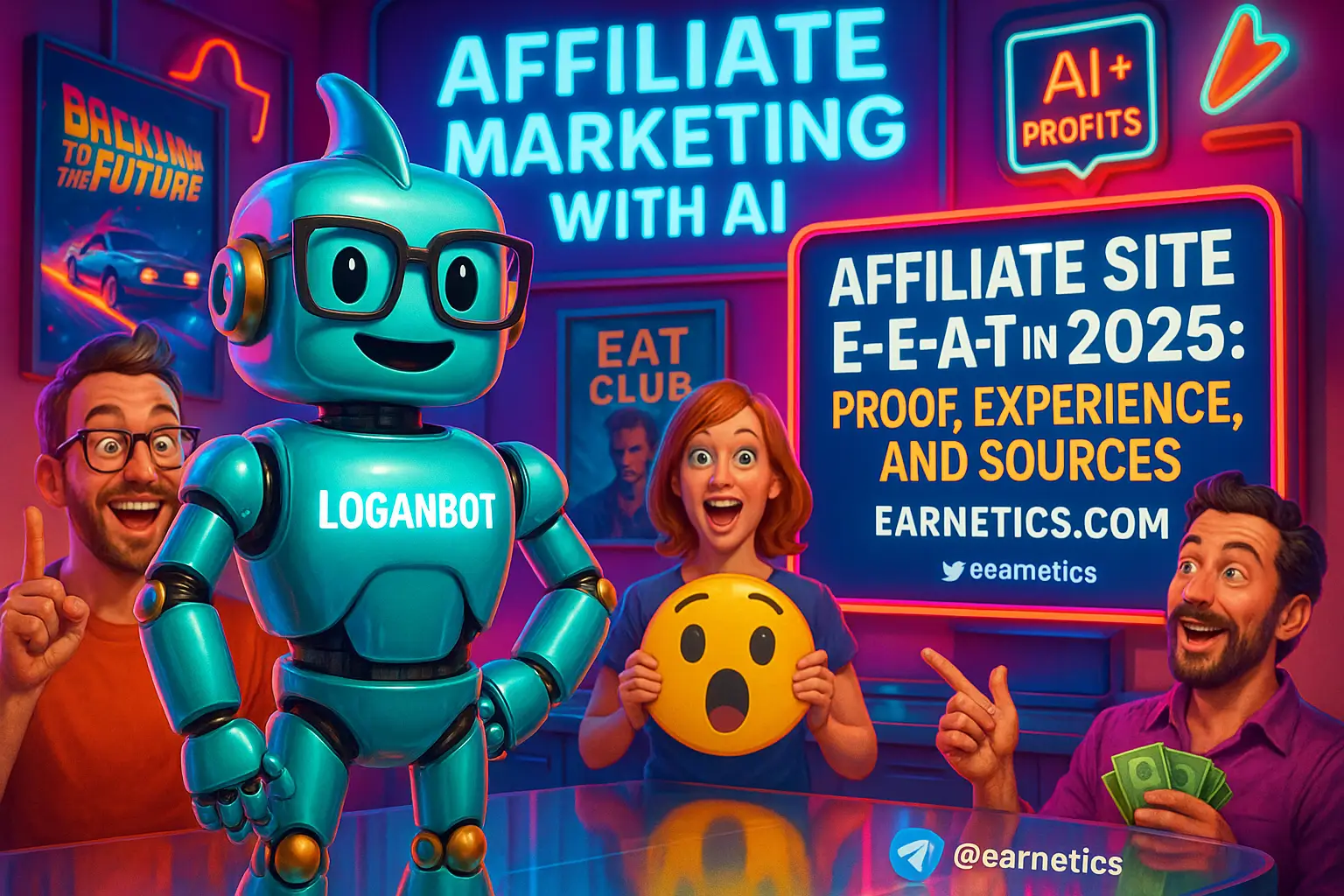What if a simple 3-step AI marketing framework could skyrocket your online results starting today?
Want to crack the code on AI marketing framework essentials that actually work? I stumbled onto a killer 3-step approach that transformed my digital hustle when I thought I’d hit a dead end.
Let me tell you, diving into AI-powered marketing felt like walking into the future with no map. The possibilities were endless, but the overwhelm? Real. I knew I had to find a framework—a no-nonsense blueprint—to ride the AI wave without drowning in buzzwords and tech jargon. That’s when I cooked up a practical 3-step AI marketing framework that’s both beginner-friendly and proven effective. This isn’t some fancy corporate spiel; it’s straight from the trenches of my personal grind to turbocharge campaigns, save time, and actually make money online.
In this guide, I’ll break down the exact steps I took to leverage AI for marketing with real impact. Whether you’re a freelancer, blogger, small biz owner, or affiliate marketer, this framework will give you the structure to automate, analyze, and scale smarter, not harder. If you’re fed up with wasting hours on tedious tasks or confused by the hype around artificial intelligence, trust me—you’re about to get the clarity you need.
By the end of this article, you’ll see why AI-powered marketing isn’t just tech fluff but a powerful game changer that anyone can tap into—without needing a PhD in machine learning. Ready to get your hands dirty and see results? Let’s jump right in.
Step 1: Automate Content Creation and Personalization with AI Tools
First off, an AI marketing framework isn’t complete without automating those repetitive, soul-sucking tasks. For me, content creation was a major bottleneck. Writing blog posts, social media captions, and emails every single day can drain the life out of you. The breakthrough? AI writing tools. These smart assistants churn out drafts, catchy headlines, and personalized messages faster than I could say “deadline.”
Here’s the deal: AI content generators like ChatGPT or Jasper AI let you pump out ideas and rough drafts in minutes. But what really seals the deal is personalization. AI can now tailor messages based on user preferences, behaviors, and past interactions. Imagine sending an email that feels like it was handcrafted for each reader without typing a word yourself—that’s pure magic for engagement and conversions.
In practice, I started using AI to segment my email list and customize newsletters. The results? Open rates climbed by double digits and sales followed suit. Plus, freeing up hours on content tasks gave me room to strategize and innovate instead of cranking out copy nonstop.
Practical nugget: choose one or two AI content tools to master first. Don’t try to juggle a dozen apps or you’ll end up like me—bundled in tabs and losing track. Start small, scale as you go, and keep tweaking your input prompts for better outputs. Remember, AI is your dumb assistant; you’re still the creative director.
Step 2: Harness AI for Data Analysis and Customer Insights
If step one is about automating grunt work, step two—data analysis—is where AI flexes its smarts. I used to stare blankly at dashboards full of confusing metrics, unsure which numbers mattered. AI-powered analytics tools changed that game exponentially. They sift through mountains of data, spot trends, and surface actionable insights with almost eerie precision.
For example, AI can analyze website visitor behavior to reveal where people drop off, what content grabs them, and which products they’re likely to buy. When I plugged these insights into my marketing decisions, I could stop guessing and start optimizing campaigns like a pro. Targeting ads, tweaking sales funnels, and planning content calendars all became guided by real intelligence instead of gut feelings.
Don’t just collect data—let AI interpret it for you. Tools like Google Analytics with AI features, or specialized platforms like PaveAI, can transform raw numbers into simple reports explaining what actions to take next. It felt like having a marketing analyst on call 24/7.
My favorite tip: set up automated reports and alerts. That way, you catch issues before they explode and spot new opportunities faster than your competitors. It’s like giving your marketing a sixth sense.
💡 Taking notes already? Then you’re gonna love what’s next. My free eBook “Launch Legends: 10 Epic Side Hustles to Kickstart Your Cash Flow with Zero Bucks” is loaded with ideas I’ve personally tested — and they actually work.
👉 Snag your free copy before you forget
Step 3: Scale and Optimize Campaigns Using AI-Powered Testing and Automation
Okay, so you’ve automated creation and nailed data insights—what’s next? Scaling up without losing your shirt. That’s where AI marketing framework step three kicks in: using AI for smart testing and automation to optimize campaigns continuously.
Hands down, I learned this the hard way. Pumping more budget into ads or blasting emails blindly usually ends in burn-out and wasted cash. But AI can manage multivariate testing, optimize bids, and dynamically adjust offers in real time based on performance. It’s like having a marketing autopilot that’s always tweaking for max results.
I started with Facebook Ads campaigns using AI-powered optimization tools. Instead of guessing which target or creative would work, the AI tested dozens of variations behind the scenes and funneled spend to winners. Sales climbed while I had more time to enjoy a few damn coffee breaks instead of obsessing over campaigns.
Inside this step, the key is continuous learning. AI tools don’t set-and-forget; they learn from new data and constantly refine. Treat it like a garden—you plant, you monitor, you prune, and watch it grow wildly prosperous.
Pro tip: integrate AI-driven marketing automation platforms like HubSpot, ActiveCampaign, or even Zapier connecting multiple tools. This lets you automate complex workflows that once took a full team to handle.
Why You Can’t Afford to Ignore This AI Marketing Framework
I get it—AI marketing framework sounds fancy and intimidating. But here’s the straight talk: the businesses that embrace these tools now will eat your lunch tomorrow. I was skeptical at first, thinking, “No way some algorithm can do my job better than I do.” Yet, after implementing this simple 3-step approach, my productivity soared, and so did my profits.
This framework isn’t just for tech geeks or giant corporations. It’s practical, scalable, and designed for regular folks hustling online. Whether you sell affiliate products, run a blog, offer consulting, or manage an e-commerce store, AI will free you from busywork and unlock smarter decisions. Plus, it keeps you competitive in a market where speed and personalization rule.
Ready to take control of your online marketing and see what AI-powered success feels like? The time to start is right now. Test one AI tool today, analyze one key metric differently, or automate just one part of your workflow. You’d be amazed how that tiny step kicks off momentum.
Wrapping Up My Journey with the AI Marketing Framework
This 3-step AI marketing framework—automate content creation, harness data insights, and scale with smart testing—changed the game for me. It transformed marketing from a soul-crushing chore into a strategic, money-making engine. And here’s the best part: you don’t need to be a tech wizard or spend a fortune to get started.
If you’ve stuck with me this far, you’re serious about leveling up your marketing game. So, why wait? Take just one piece of this framework and apply it in your hustle today. The AI revolution is here, and it’s damn friendly once you get the hang of it.
Explore more guides on Earnetics.com and build your digital income empire today.
🚀 Still here and not grabbing this? Seriously, don’t leave money on the table. My free eBook “Launch Legends: 10 Epic Side Hustles to Kickstart Your Cash Flow with Zero Bucks” is packed with side hustles you can start TODAY — no BS, no fluff.
👉 Grab it now before you talk yourself out of it
For more detailed insights on marketing data tools, check out this resource from Neil Patel’s blog — it’s a treasure trove for understanding analytics smarter: Marketing Analytics Tools That Drive Results


